Email Address
engage@dogtraininginfo.org
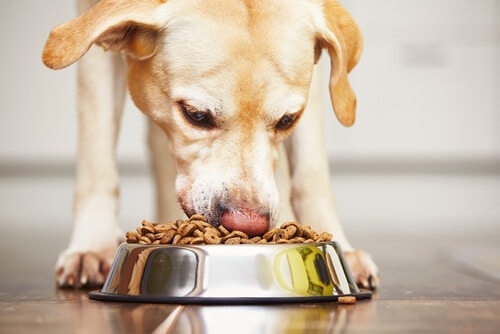

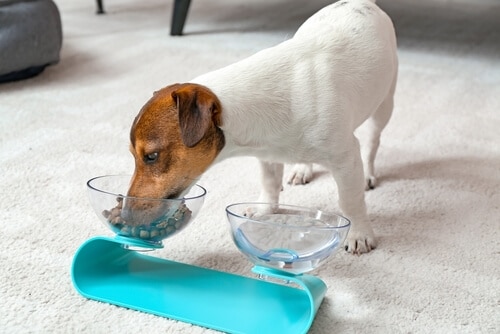
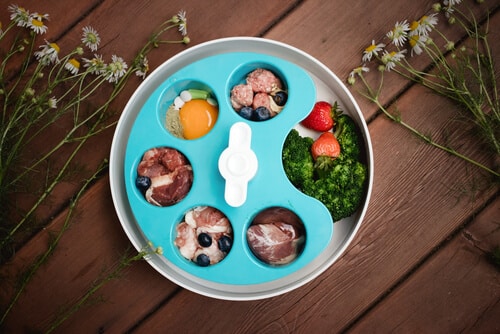

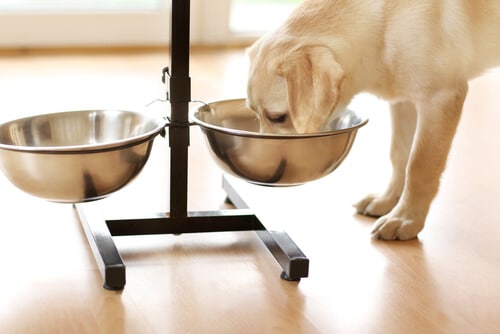
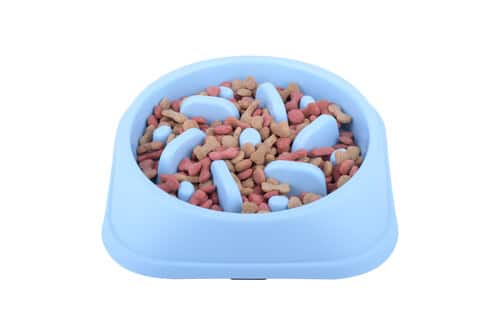
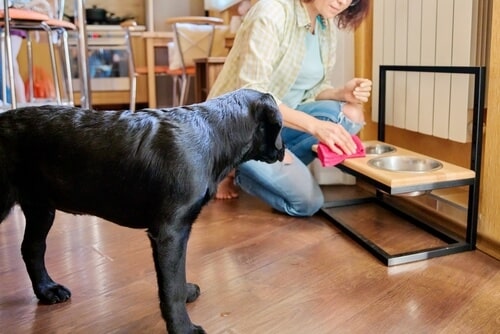
There is no definitive answer, as each dog is different. Some dog owners believe that raised bowls are better for dogs because it allows them to eat in a more natural position. This can help with digestion and prevent bloat. Others find that their dogs do just fine eating from a bowl on the ground. Ultimately, you should experiment to see what works best for your dog.
There are also a variety of dog feeders on the market, from basic to high-tech. Some dog feeders have multiple compartments for different types of food, while others can dispense food at set times. Again, it’s important to find what works best for you and your dog.
There are a lot of different dog food bowls on the market, so it can be tough to decide which one is right for your pup. If you have a larger dog, you’ll want a bowl that can hold a lot of food. Outward hound has a great selection of large dog bowls. If you’re looking for something a little fancier, there are a lot of greatly elevated dog feeders on the market.
Elevated dog feeders have a lot of benefits. They can help with your dog’s digestion and can also make feeding time a little more fun for your pup. If you’re looking for an elevated dog feeder, make sure to get one that is the right size for your dog. You don’t want to get one that is too big or too small.
Feeding time is an important part of your dog’s day, so you want to make sure they have a good experience. With the right bowl or feeder, you can make mealtimes more enjoyable for both you and your pup.
There are a few schools of thought when it comes to what kind of bowl is best for your dog. Metal bowls are often considered more durable and easier to clean, while plastic bowls can be less expensive and are lighter weight, making them easier to travel with. Some dogs prefer the feel of metal on their whiskers, while others seem to have no preference. If you have a puppy or a dog with sensitive teeth, plastic may be the best bowl material to start with. You can always switch to metal later on if you find that your pup doesn’t seem to mind.
When it comes to feeding time, size matters. Small dogs and puppies should have shallower bowls so they don’t have to put their whole face in the food, while larger dogs need deeper bowls so they can get to the bottom without making a mess. If you have multiple dogs of different sizes, look for feeding stations that have adjustable heights to make mealtime easier for everyone.
No matter what kind of bowl you choose, keep an eye on your dog’s feeding habits and make sure the bowl is comfortable for them to use. If you have any concerns, talk to your veterinarian about what kind of bowl might be best for your pup.
Most experts agree that, yes, dogs need slow feeder bowls. Slow feeder bowls help to prevent bloat, a condition that can be life-threatening for dogs. Bloat occurs when a dog eats too fast and the stomach fills with air. The stomach can then twist, causing pain and potentially cutting off blood flow to the rest of the body.
Slow feeder bowls help to prevent bloat by forcing dogs to eat more slowly. This gives the dog’s stomach time to properly digest food and prevents it from becoming overly full of air. There are a number of different slow feeder bowls on the market, so you can choose one that best suits your dog’s needs.
If your dog is gulping their food down too quickly, it might be time to consider a slow feeder. There are a few signs that your dog may need a slower feeding option:
– Your dog tends to vomit or regurgitate soon after eating
– Your dog has gained weight recently
– Your dog has trouble breathing or coughing after eating
– Your dog has a history of bloat
If you notice any of these signs, it’s best to consult with your veterinarian. They will be able to help you determine if a slow feeder is a right option for your pup.
When it comes to choosing a slow feeder, there are a few things to keep in mind. The first is the size of your dog. If you have a small dog, you’ll want to choose a feeder that has smaller compartments. For larger dogs, you’ll want to choose a feeder with larger compartments. You’ll also want to consider the material of the feeder. Some are made from plastic, while others are made from ceramic.
Ceramic feeders are a great option for dogs who like to chew on their bowls. They’re also more difficult to tip over than plastic feeders. If you have a particularly rambunctious dog, you might want to consider a feeding mat. Feeding mats are placed under the bowl and help to keep it in place.
No matter what type of feeder you choose, the most important thing is that your dog is able to eat comfortably and safely. If you have any questions about which type of feeder is right for your dog, be sure to consult with your veterinarian. They will be able to help you find the perfect option for your pup.
The idea behind a slow-feeder bowl is to make your dog work a little bit for his food, and hopefully slow down the feeding process. This can be especially helpful for dogs who tend to bolt their food. While there are a lot of different brands and styles of slow-feeder bowls on the market, do vets actually recommend them?
The answer is… maybe. It really depends on the individual dog. Some dogs will do just fine with a slow-feeder bowl, while others may not be as successful. If your dog is an avid food-bolter, it might be worth giving a slow-feeder bowl a try. However, if your dog is a more relaxed eater, there’s no need to switch to a slow feeder bowl.
In general, the best way to determine whether or not a slow-feeder bowl is right for your dog is to consult with your veterinarian. They will be able to give you specific advice based on your dog’s individual feeding habits.
Most feeding bowls on the market these days are designed to make mealtime more fun for your furry friend. But do they actually help to stimulate dogs? Let’s take a look at the benefits of slow feeders.
Slow feeders can help to segment feeding times throughout the day. This is especially beneficial for larger dogs who need more frequent meals.
Slow feeders can also help to prevent bloat in dogs. Bloat is a serious condition that can be life-threatening, so it’s important to do everything you can to prevent it.
Slow feeders can also help to keep dogs engaged and stimulated. If your dog is bored, a slow feeder can give them something to do while they eat.
There are a lot of different slow feeders on the market, so it’s important to find one that’s right for your dog. If you have a larger dog, you’ll want to find a slow feeder that’s durable and can hold a lot of food.
Outward Hound has a great selection of slow feeders for dogs of all sizes. So if you’re looking for a way to make mealtime more fun and stimulating for your dog, a slow feeder is a great option.
Most feeding bowls on the market these days are designed to make mealtime more fun for your furry friend. But do they actually help to stimulate dogs? Let’s take a look at the benefits of slow feeders.
Slow feeders are designed to make your dog work a little harder for their food. This means that they have to use their noses and tongues to figure out how to get the kibble out of the nooks and crannies of the bowl. This extra effort can help to keep dogs entertained and engaged, preventing them from becoming bored or restless.
In addition to providing mental stimulation, slow feeders can also help to reduce the risk of bloat in dogs. Bloat is a serious condition that can occur when dogs eat their food too quickly. When the stomach fills with air and twists, it puts pressure on the diaphragm and prevents the lungs from expanding fully. This can be fatal if not treated immediately. By making your dog eat more slowly, you can help to prevent bloat and keep them healthy.
If you’re looking for a way to keep your dog entertained and engaged, a slow feeder bowl may be the perfect solution. In addition to providing mental stimulation, slow feeders can also help to reduce the risk of bloat. So, if you’re looking for a way to make mealtime more fun for your furry friend, a slow feeder may be the perfect option.
There are many benefits of using a dog feeding bowl, including:
– Slow feeders can help to reduce the risk of bloat.
– Slow feeders can help to keep dogs entertained and engaged.
– Slow feeders can help to promote healthy eating habits.